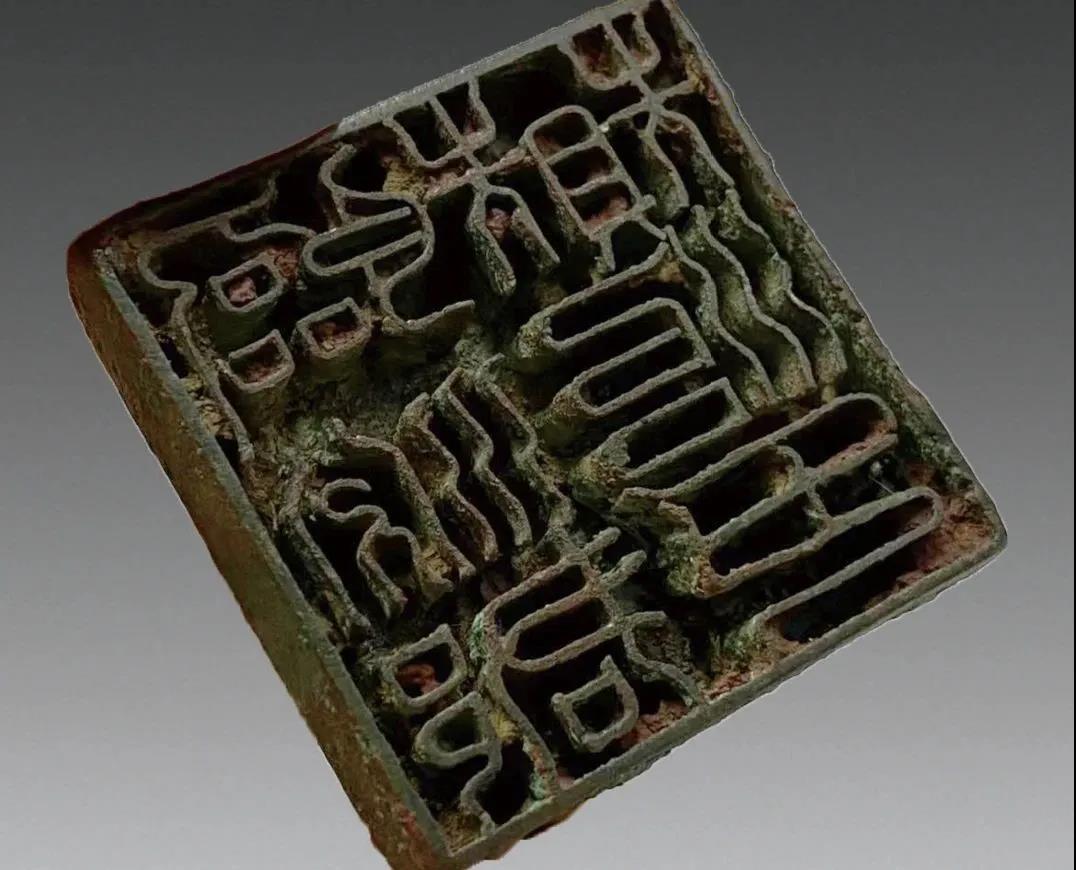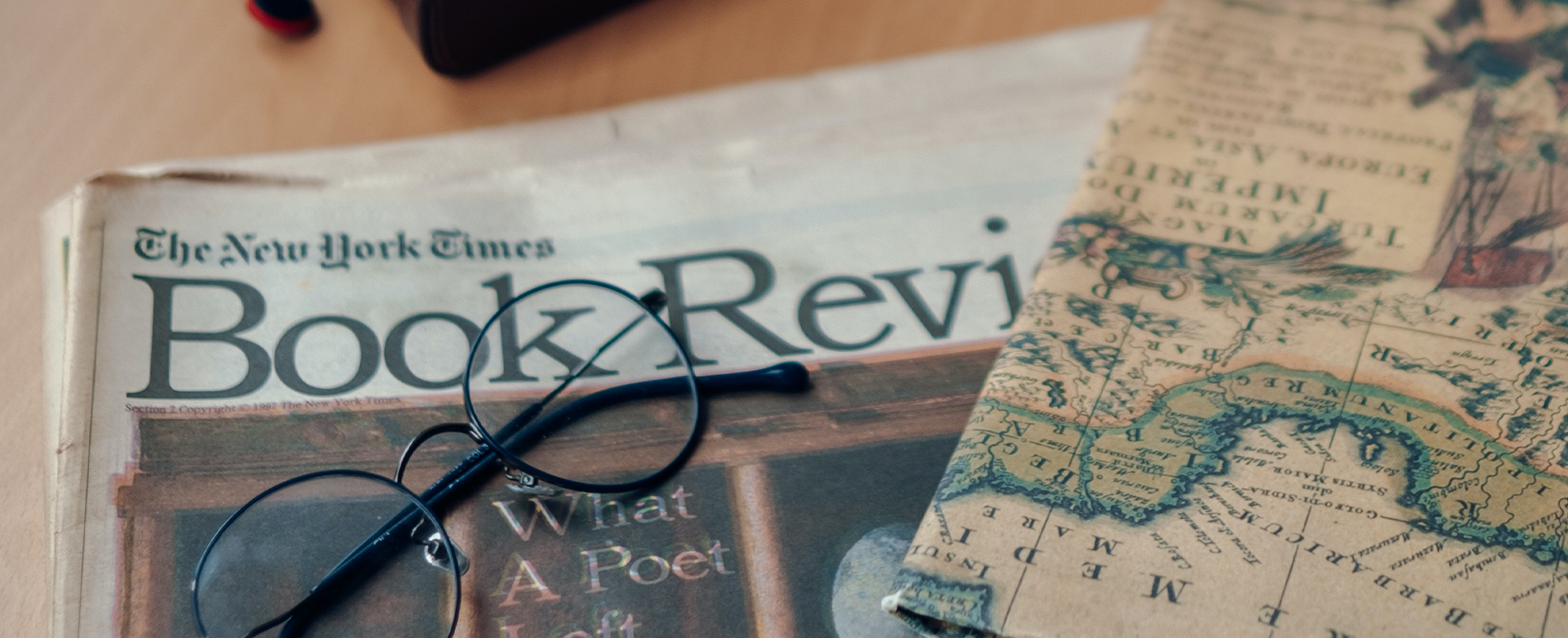The history of seal culture has been thousands of years, and seals have been popular since ancient times. This time, the editor will introduce four ancient seals, each of which has a long historical and cultural origin and is worth appreciating.
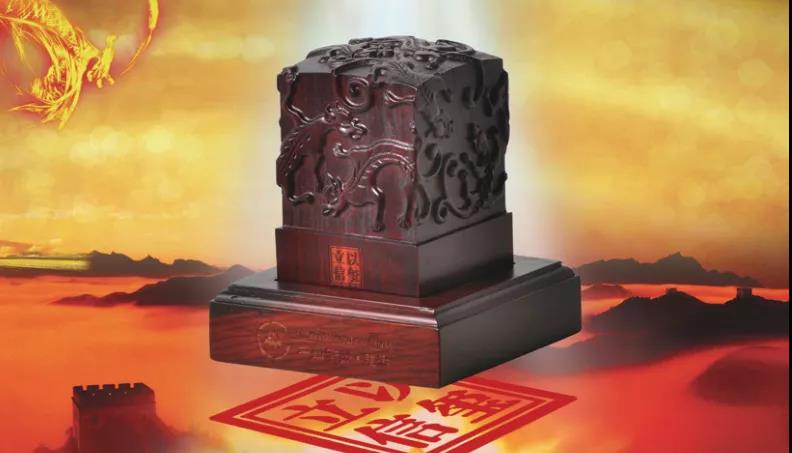
The ancient seals are the general name of the Pre Qin Dynasty. The earliest ones appeared in the Warring States period. These ancient seals are engraved with the characters of various countries, and most of them are unknown to us.
Most ancient seals are adorned with wide edges, and the strokes of the seal are as fine as a hair, all made from casting. Most Bai Wen ancient seals have sidebars or a vertical grid added in the middle, and the characters are cast with chisels.
In addition to the names "Sima" and "Situ", the official seal also has various irregular shapes and is engraved with auspicious language and vivid animal patterns.
1. Ancient Seal
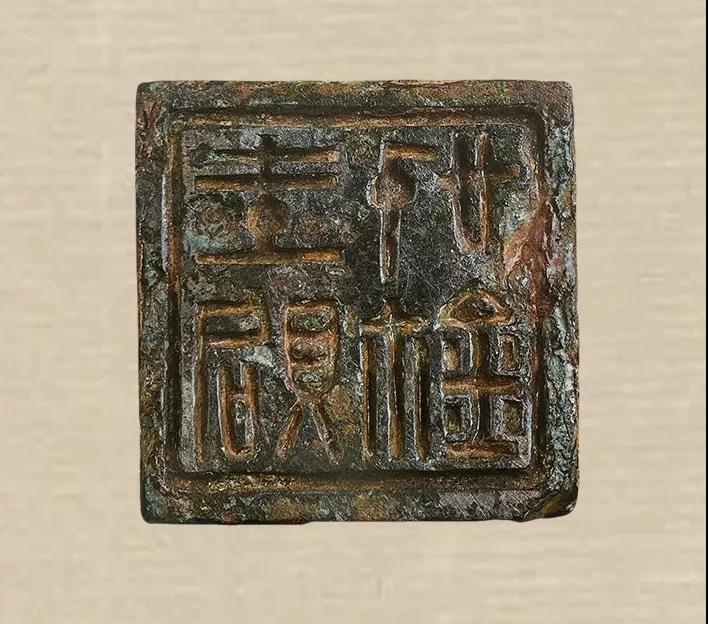
2. Qin Yin
Qin seal refers to a type of seal that was popular from the late Warring States period to the early Western Han Dynasty, using the Qin seal script. Judging from its style, Qin and Han dynasties, as well as Qin stone carvings and other characters, it is very similar, making it easier to understand than ancient Chinese characters from the Warring States period.
Qin seals are mostly chiseled in white script, with the "Tian" character grid on the printing surface, mostly square. The official seal used by junior officials is about half the size of a regular square official seal, forming a rectangular shape with the "Ri" character grid, known as the "Half Pass Seal".
Private seals generally prefer to be rectangular in shape, in addition to circular and elliptical forms. In addition to official names, names, and auspicious language, there are also sayings and idioms such as "respecting things", "wanting to achieve one's aspirations", and "harmony with others" that are included in the seal.
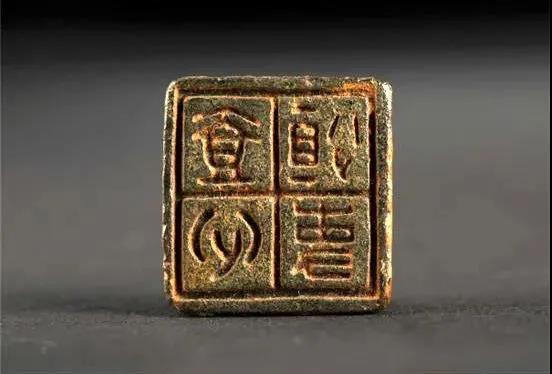
3. Han official seal
Broadly speaking, it is a general term for official seals from the Han to Wei and Jin dynasties. Compared with the Qin seal script, the seal script is more neat, with a straight and square structure, and a powerful and dignified style.
The handicraft industry was highly developed in the late Western Han Dynasty, so during the Xinmang era ("Xin" was the name of Wang Mang's dynasty), the official seals were particularly exquisite and vivid. The seal art of the Han Dynasty reached its peak, making it a model for later seal carvers to learn from.
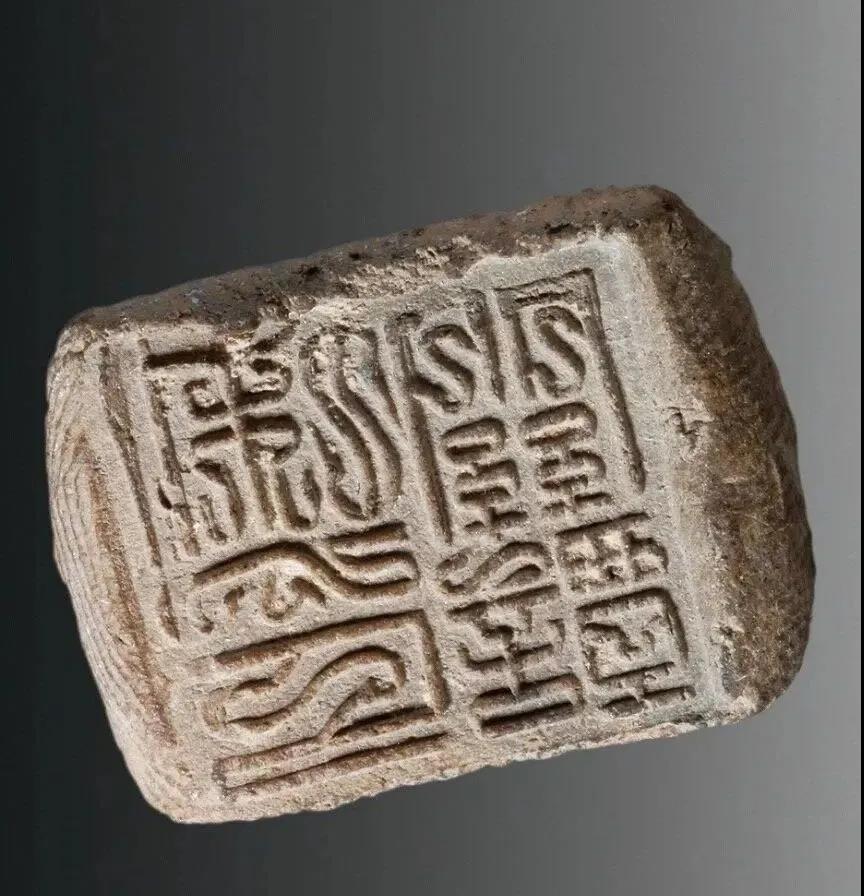
4. Sui and Tang official seals
Elegant and vigorous, the transition is full of changes, robust yet graceful, presenting a distant and eerie artistic effect.
The official seal started in the Northern and Southern dynasties and reached its peak in the Tang Dynasty after the integration of the Sui Dynasty. The official seal is strict and broad, inheriting the "Yongxing County Seal" of the Southern Qi Dynasty, winding all the way, with reckless expansion and extension of strokes. It is elegant and vigorous, and the transition is full of changes. It is robust yet graceful, presenting a distant and eerie artistic effect.
